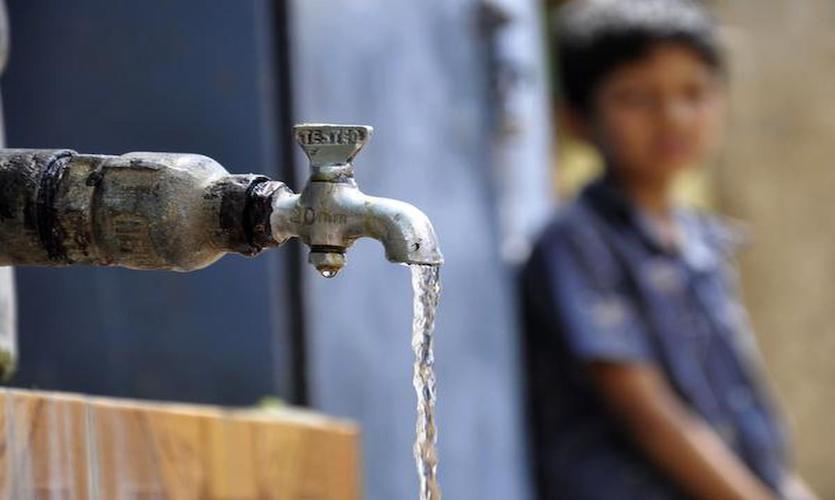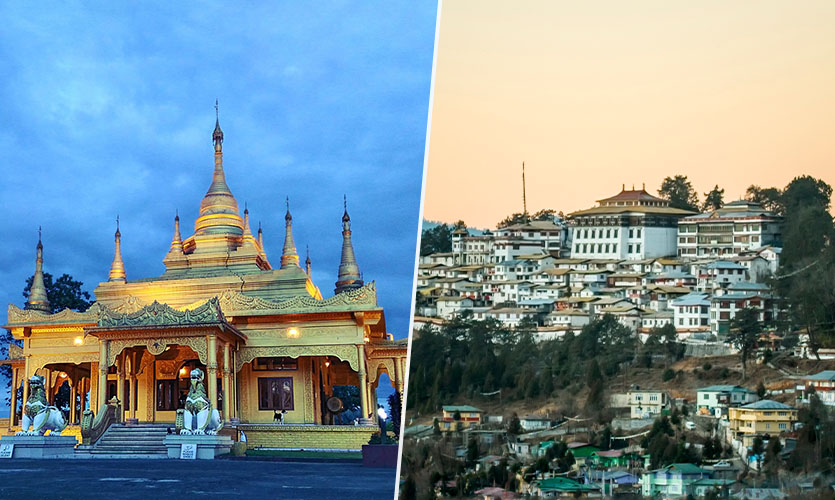As the Modi government recently completed eight years in power, the Centre announced that more than 50 percent of rural households in India now have access to tap water.
The Jal Jeevan Mission (JJM), launched by Prime Minister Narendra Modi on August 15, 2019, intends to provide safe drinking water to every rural family and public institution in India, by 2024.
The Centre intends to deliver a Functional Family Tap Connection (FHTC) to every rural household in partnership with states and Union Territories (UTs). It plans to build reliable drinking water sources or increase current sources to provide a FHTC to every rural home, for the long-term. A strong in-village water distribution network is also part of the plan, as are bulk water transport infrastructures and treatment plants.
According to a report by the Hindu, by 2024, the Centre aims to provide safe drinking water to all rural households in India through its Jal Jeevan Mission (JJM). In accordance with the JJM dashboard, as of June 10, 2022, there were 9.65 crore tap water connections in the nation (50.38 percent of households). Goa, Telangana and Haryana have reportedly achieved 100 percent tap connectivity for all households across the states. Additionally, union territories such as Puducherry, the Andaman and Nicobar Islands, Dadra & Nagar Haveli, Daman, and Diu ensure that 100 percent of their households have access to clean water.
Fund-sharing pattern for Centre and states/UTs with an outlay of Rs 3.60 lakh crores is 100 percent for UTs without a legislature, and 90:10 for north eastern and Himalayan states/UTs with legislatures. Among the remaining states, there is a 50:50 split. The Centre and states’ share of the funding for Support and Water Quality Monitoring System (WQMS) activities is 100 percent for all UTs, but the north eastern and Himalayan states receive 90 percent, and the other states receive 60 percent.
According to a press release from the Ministry of Jal Shakti, the Centre has allocated Rs 2.08 lakh crores for JJM, from 2019 to 2024. During 2021-2022, the Centre provided states/UTs with over Rs 40,000 crores for installing tap water in households. In addition, the budgetary allocation for the same scheme was raised to Rs 60,000 crores. Even with the COVID-19 lockdowns imposed on and off during 2020 and 2021, more than 2.06 crore rural households were connected to the water system. According to reports, 108 districts and 1.53 lakh villages have reached 100 percent coverage of FTHCs to all rural households across three UTs and three states.
States’ Progress So Far
In April 2022, FHTC coverage in India has improved to 9.49 crore households (49.10 percent) from 3.23 crore households (17 percent) in August 2019. As of March 31, Telangana and Haryana had 100 percent FHTC coverage, Haryana had 30.97 lakh households covered, and Goa had covered 2.63 lakh households.
Reportedly, some states have over 90 percent FHTC coverage: Punjab is at 99.72 percent (34.3 lakh connections), Gujarat at 95.91 percent (88 lakh connections), Himachal Pradesh at 93.05 percent (16 lakh connections), and Bihar at 92.74 percent (almost 1.6 crore connections). Rajasthan supposedly has the lowest FHTC coverage at 24.87 percent (26 lakh connections), Chhattisgarh is 23.10 percent (11.5 lakh connections), Jharkhand is at 20.57 percent (12.18 lakh connections), and Uttar Pradesh has 13.86 percent covered (36.64 lakh connections).
From 2019 to 2022, tap water connections to schools and anganwadis have increased as well. By April 30, 2022, 83.37 per cent of schools have piped water supplies, up from 48,772 schools in 2020, according to the latest edition of the Jal Jeevan Samwad. Accordingly, 8.86 lakh Anganwadi centres (79.34 per cent) received piped water by April 30, 2022, up from just 25,092 centres in 2020.
Despite the complete lockdown imposed in 2020, 25 lakh households across India have been connected to the water supply. Gajendra Singh Shekhawat, the Union minister for Jal Shakti, has stated that water-related work commenced immediately after 23 days of total lockdown ended in March-April 2020, boosting the progress of the JJM.
There are two states with a large population that have access to drinking water, Telangana and Bihar. In Telangana, around 53.87 lakh households were identified in the JJM dashboard, of which only 29.11 percent (around 15.68 lakh) were connected to the public water system. Since the launch of the JJM, the remaining households have also been provided with tap water connections, bringing the state to 100 percent connectivity. Connections have been provided in all 32 districts, covering 542 blocks, 12,738 panchayats and 10,450 villages. The highest number of water connections have been provided to Nalgonda, followed by Khammam, Nizamabad, Sangareddy and Bhadradri Kothagudem.
The JJM has been supplemented by the state’s own Mission Bhagiratha – a brainchild of current CM K Chandrashekhara Rao, from when he was the Siddipet MLA in 1998. Under the scheme, the state government aims to supply 100 litres per capita per day (LPCD) for rural areas, 135 LPCD for municipalities, 150 LPCD for municipal corporations, and 10 percent for industrial requirements. The state has also reserved 10 percent of water from all irrigation sources for drinking purposes. The initiative, which would cost Rs 46,123 crores, will employ the Krishna and Godavari river basins and their tributaries to create a 1.5 lakh-kilometre-long pipeline network spanning 1.11 lakh square kilometres. By 2048, Telangana’s water demand is expected to be 86.11 thousand million cubic feet (TMC), which will be met by the Krishna (32.43 TMC) and Godavari (53.68 TMC) river basins. Mission Bhagiratha, which integrates the Centre’s JJM with the state’s existing water schemes, employs gravity for 98 percent of its water transmission and distribution network, effectively lowering operating and maintenance (O&M) expenses. 113 water treatment facilities, 1708 main tanks, 35,260 village overhead reservoirs, and 69 intake structures have been developed around the state as part of the this strategy.
In Bihar, when the JJM initiative was introduced in 2019, just 1.84 percent of households – roughly 3.16 lakh – had access to drinking water. Since the program’s inception, more than 1.56 million homes have received tap water connections, boosting the state’s water connectivity to 92.74 percent. All tap water connections have been installed in one district, 139 blocks, 5752 panchayats, and 33,113 villages. While construction is underway in 4632 communities, it has yet to begin in 1711 of them. Arwal is the only district with 100 percent FHTC, with little more than 1.22 crore connections, followed by Rohtas at 99.88 percent, Kaimur at 99.75 percent, Munger at 99.75 percent, and Gopalganj at 99.62 percent.
The Bihar government was only able to deliver drinking water to 26.39 lakh rural households in 2018-19, despite a goal of 71.16 lakh. Similarly, just 1.56 lakh of the 36.33 lakh quality-affected homes received tap water. Potable water connections were supplied to 3.82 lakh of the 22.49 million non-quality impacted households, and 3.03 lakh of the 8.42 lakh urban households. From 2016 to 2019, the total budget for the programme was Rs 8373.54 crores.
The Centre has given Rs 1832.66 crores to Bihar during 2020-21, to provide tap connections to the remaining 1.50 crore households. Since 2019, the Centre has provided about Rs 6600 crores to Bihar via the Jal Jeevan Mission. The Bihar administration, on the other hand, has argued that the state’s extraordinary record in delivering tap connections was due to its own plan, and not the JJM. However, the national dashboard predicted a significant increase in tap water connections in Bihar following the launch of the mission.










